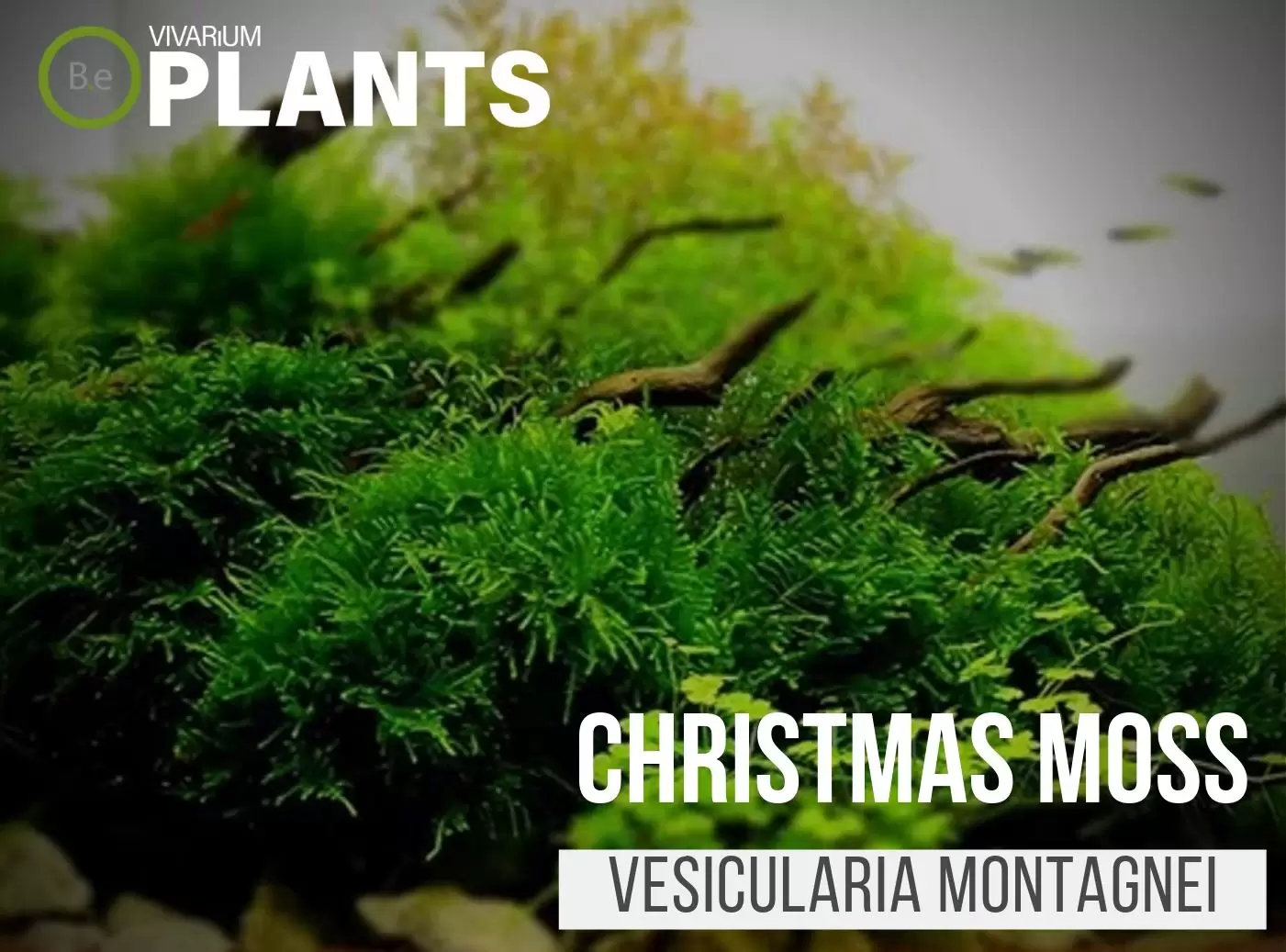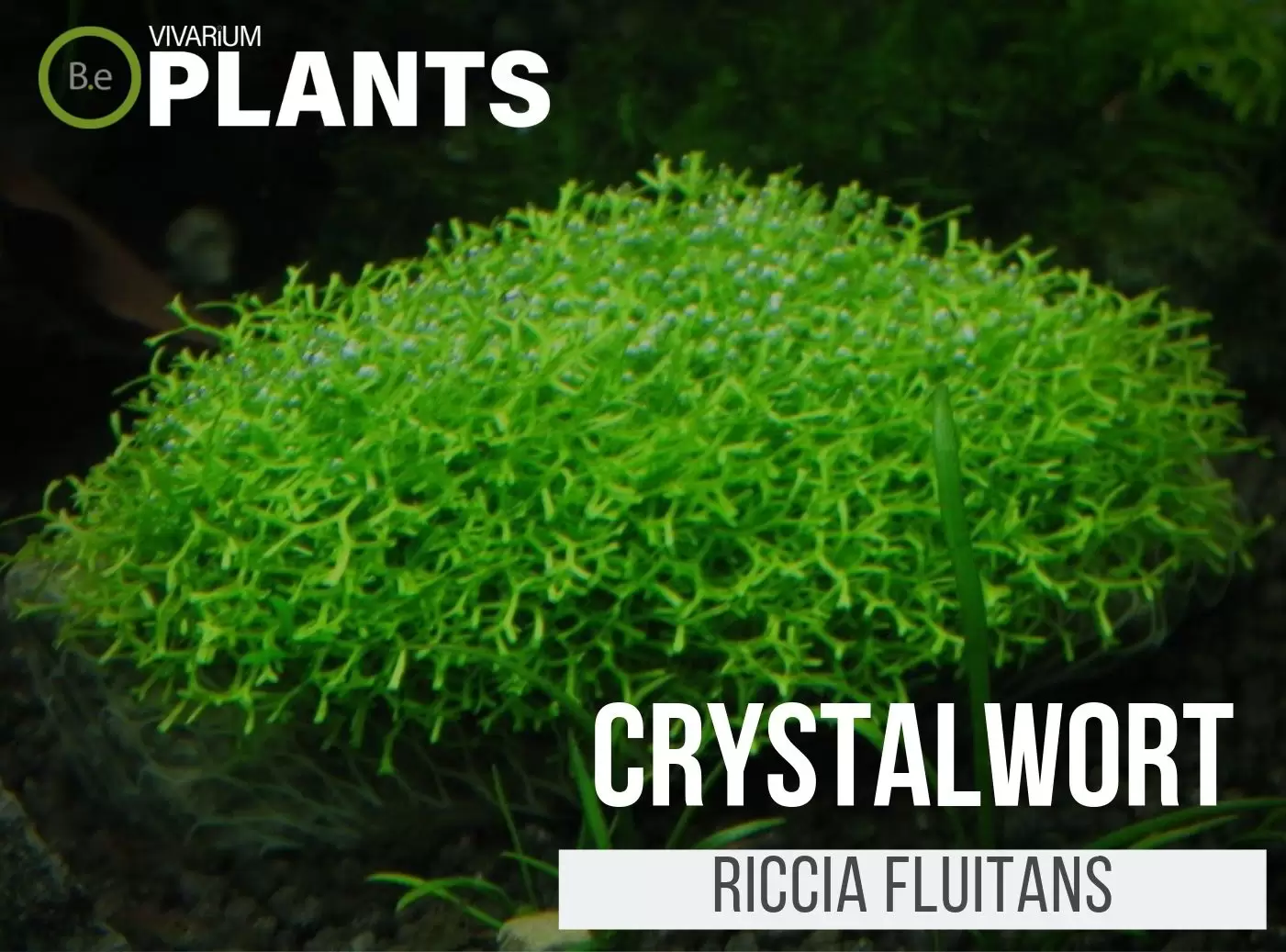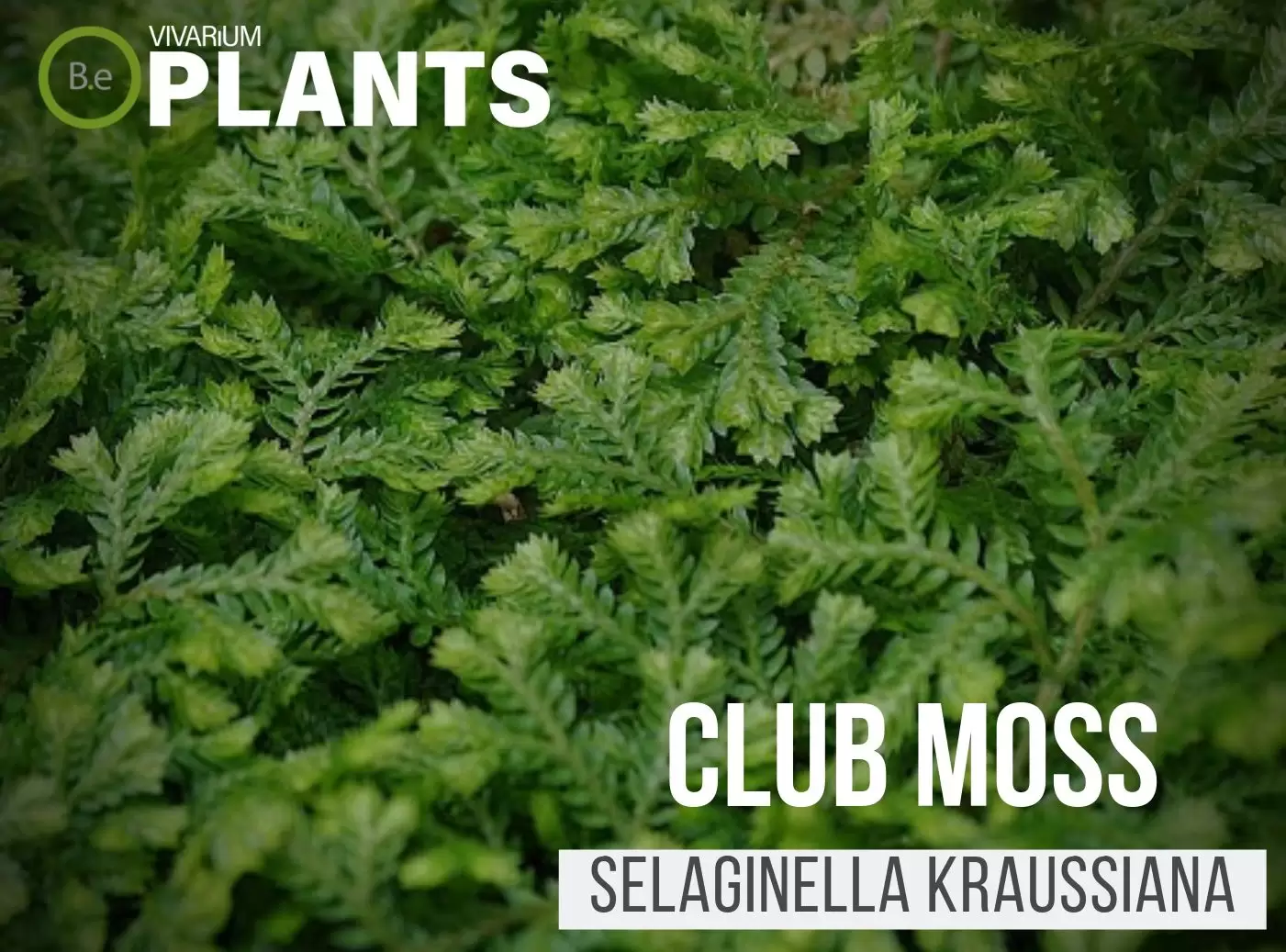Amblystegium serpens (Nano Moss) is a great aquarium plant for both beginners and experts alike.
This moss is enjoyable for its willingness to grow on almost any surface. Its ability to spread and propagate quickly is another favorable factor.
When provided with the correct lighting and humidity Nano Moss displays a radiantly plush appearance.
With slightly more care and attention to detail, one can enjoy Amblystegium serpens in full, lush formation in their terrarium.
| Quick Stats: | |
|---|---|
| Scientific Name | Amblystegium serpens |
| Common Name | Creeping feather moss, palm moss, nano moss |
| Family Name | Ambystegiaceae |
| Habitat | Moist and moderately humid forests |
| Temperature | 50°F – 90°F |
| Height | 1 – 2 inches |
| pH | 4.5 – 6.0 |
| Lighting | Medium |
What Is Nano Moss?
Amblystegium serpens, a.k.a nano moss, is a species of ambystegiaceae most famous for its unique structure and fast-growing habits.
Its intricately patterned leaves often produce bushy clusters of vibrant green with stems that are often coiled and richly veined.
Its care requirements are simple but need an attentive eye to achieve optimal growth.


Nano Moss Facts
Nano moss is a type of moss that grows in many places from the northern to the southern hemisphere.
It can be found in temperate zones up to tropical forests, and in shady and shady-sunlit places.
The stalks of this moss have a velvety texture, sometimes even with a few hairs.
Description
Amblystegium serpens grows very quickly in the right conditions and can form a dense spread on any premade texture.
The texture of its leaves is unique, its leaves being both wrinkled and smooth depending on growing conditions.
It’ll form mats that reach up to two inches tall and they may become loosely or tightly tangled with each other.
The leaves are long and curved and can be anywhere from a few millimeters long to a few centimeters.
The stems will be a darkish green, with the leaves being a vibrant green.
Habitat
This moss is native to damp, shaded, moist forests and will often be found in areas that are not extremely bright.
In the wild, the temperature can range from fifty degrees Fahrenheit up to ninety degrees Fahrenheit, though it should still always be provided with some amount of shade to prevent drying out.
PH Preference
Amblystegium serpens does best in slightly acidic soils with a pH that ranges from 4.5 to 6.0. Too high in an alkaline soil environment will prevent optimal growth.
Vivarium Type
This type of moss will do great in a variety of vivarium types. When deciding what type of setup will be best for this plant, always keep in mind that it is an aquatic plant.
Although it does not need to be completely underwater, nano moss will require aquatic areas for it to thrive.
Here are recommended vivariums in which this moss will do well:
- Paludariums – Half aquatic/ half terrain-based enclosure.
- Ripariums – Mostly aquatic-based enclosures with some terrain features present.
- Aquariums – Fully aquatic-based enclosures with little to no dry terrain.
Vivarium Placement
In a terrarium environment, the idea is to use nano moss as a foreground plant when growing on soil.
To get the most vibrant colors of Amblystegium serpens, it should be placed in areas with high humidity and bright lights, but not direct sunlight.
Substrate
Nano moss will require a moist environment. If placed in an area that is too dry, this will cause the leaves to become pale and wilted.
Amblystegium serpens typically do best in aquarium soil, but it will also grow on wood, rocks, and soil-less mixtures.
Lighting
Amblystegium serpens needs bright yet indirect light, as too much direct sunlight can scorch the leaves.
LED and fluorescent lighting both work great for this type of moss, as they provide bright but diffuse aquarium lighting that allows the moss to maintain vibrant colors.
Buy Nano Moss
When shopping for live Nano Moss, expect a few key indicators you are buying the best quality plant.
The moss should be snail free along with any other type of pest. The source of moss will usually be sold in small tissue cultures, ready for you to propagate.
The batch should arrive fairly moist and in fairly good shape. Being a very durable plant, if moss is received in a poor state…
Placing moss in an ideal location should allow spores to propagate and bring moss back to life.
Click the image below to find out more about the current price and other relative info:


Nano Moss Care and Propagation
Propagation of this species of moss is typically done by cutting off clumps of the moss and either placing them directly into the substrate or into small dishes of water.
If placed in water, the moss should be left in a shady area until new roots have been established, and then moved to the substrate.
To ensure optimal growth, it is best to keep the moss in areas that are consistently moist.
How to grow
Once Amblystegium serpens is established, it will quickly spread and will require little care.
To provide optimal growth, the substrate should be kept consistently moist and fertilized with liquid fertilizers regularly.
Pruning may occasionally be needed to prevent overcrowding and encourage lush and full growth.
Watering
Amblystegium serpens is a plant that thrives in a slightly moist environment, meaning that it should not be allowed to dry out entirely.
During the warmer months, it is best to use a spray bottle to mist the moss twice a day, and during the colder months, misting should be done once per day.
Plants Similar To Nano Moss
Adding diversity to an enclosure is key to an aesthetically pleasing enclosure. Try mixing up the look of your vivarium with different flora that can easily co-exist in the same types of environment.
Furthermore, if for some reason you find this moss hard to acquire or would like to consider something similar to this plant…
Here are some other plants you might find may do well with or in the place of Amblystegium serpens for me:
Conclusion
Amblystegium serpens is a great moss to have in a vivarium due to its ability to spread quickly and its ease of propagation.
Although it requires a bit more care than other aquatic mosses, if it is provided with the right conditions, it can produce vibrant displays of color and fill any terrarium with lushness.
With research and attention to detail, one can create a living masterpiece with this moss.



